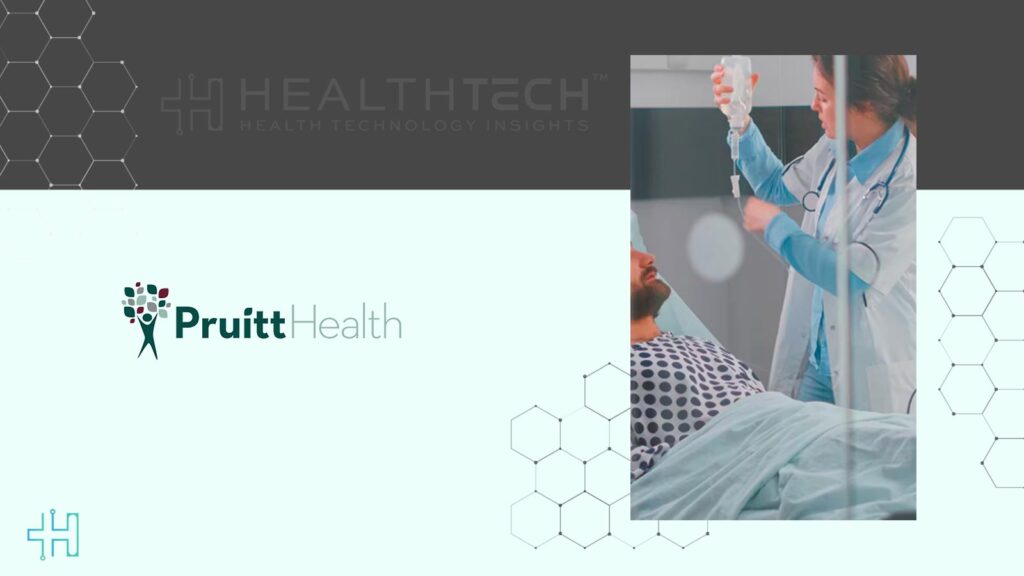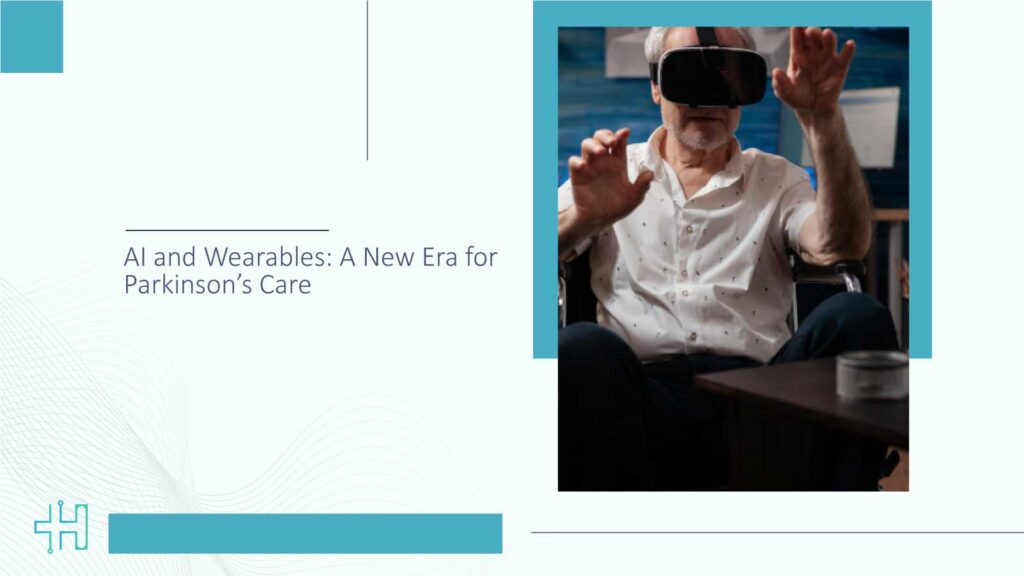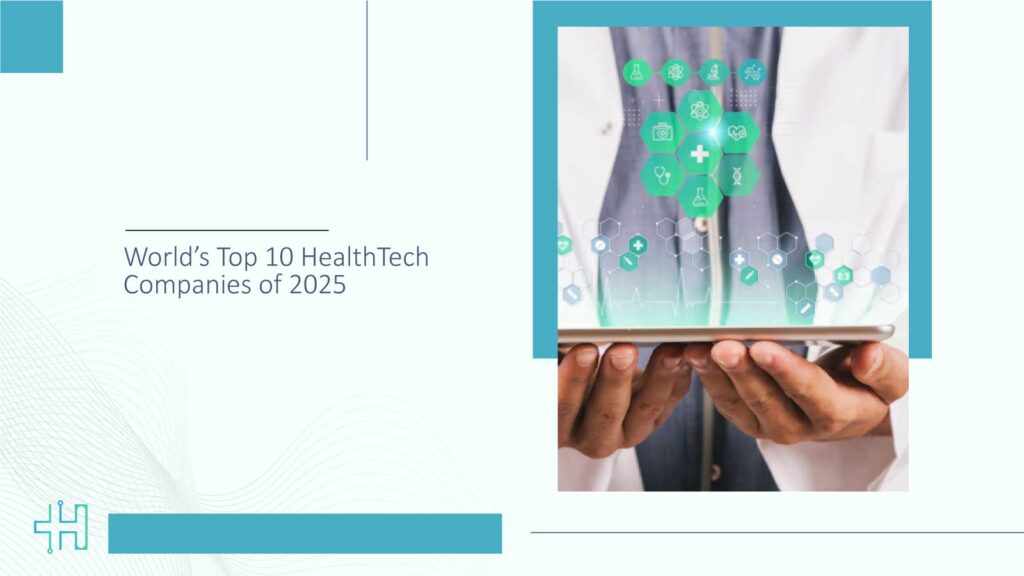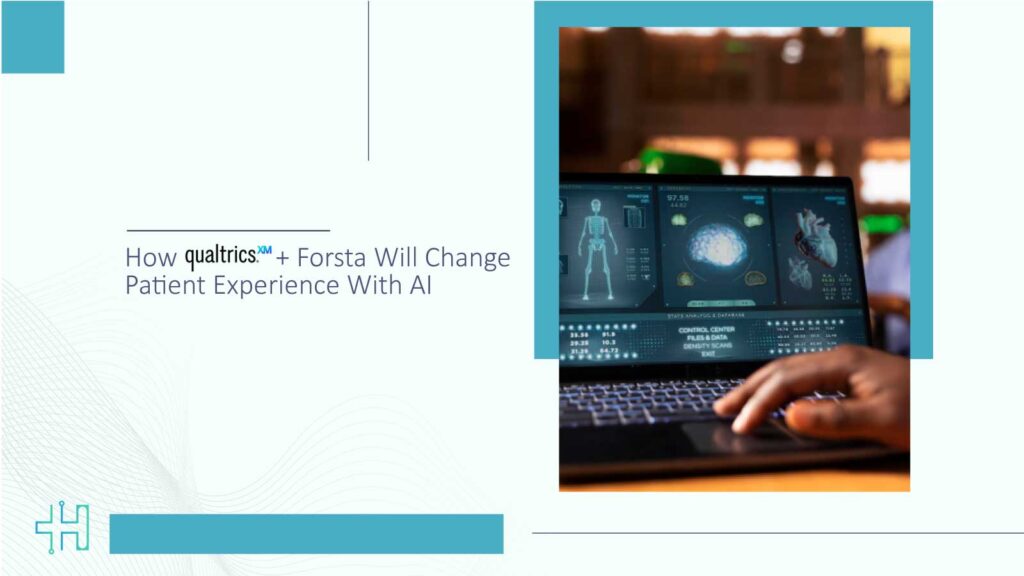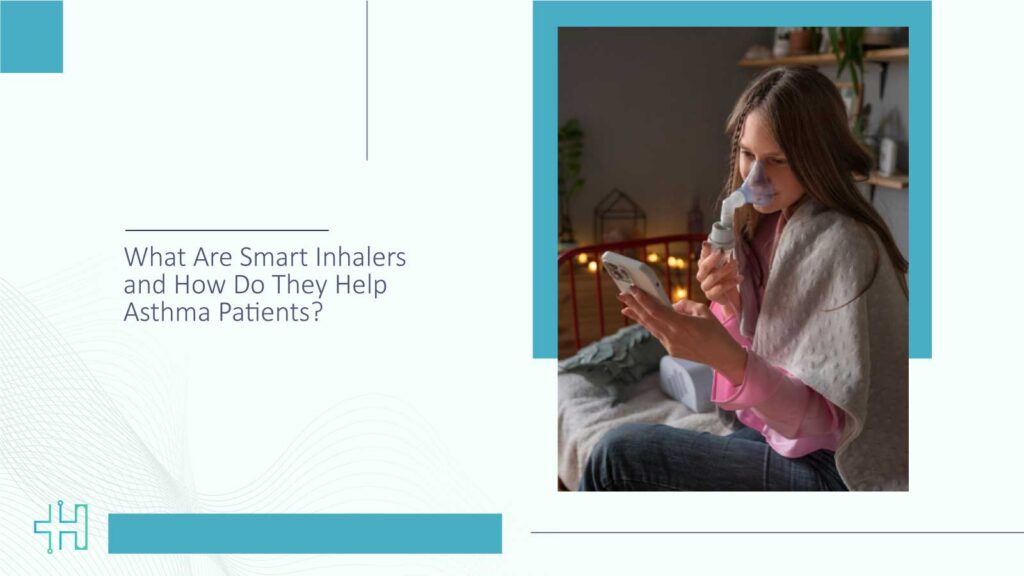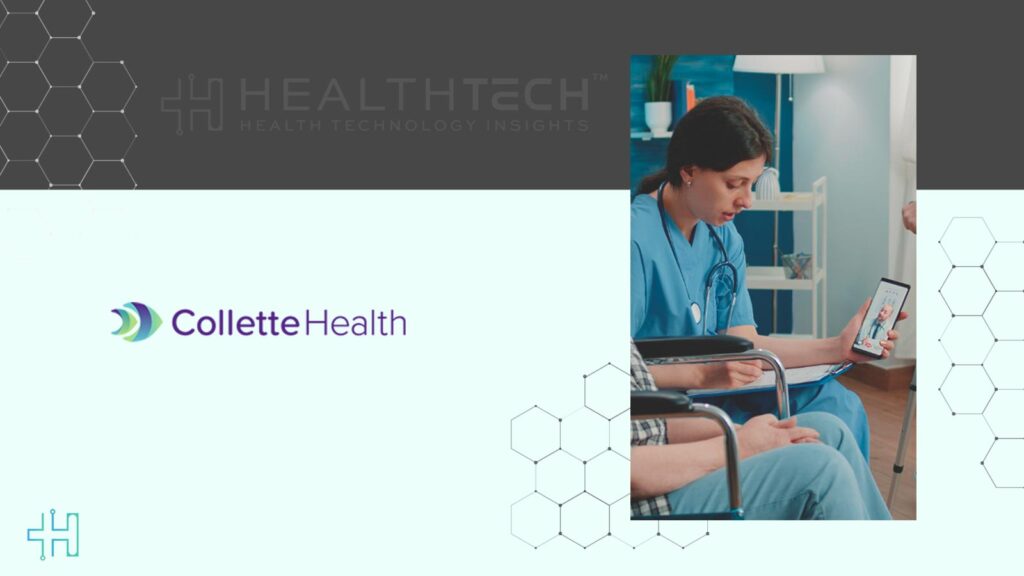PruittHealth, a provider of skilled nursing, rehabilitation, home health, and other services across the southeastern United States, has always focused on giving residents the best outcomes. However, like many healthcare providers, they’ve faced rising challenges in managing patient needs and preventing avoidable hospital stays—especially with staffing issues. Even though they had clinical procedures in place, collecting timely data was a slow and labor-heavy process. Staff had trouble quickly identifying which residents were most at risk and deciding the best actions to take, which limited their ability to act early and stretched already thin resources. The organization realized they needed a solution that could give them real-time visibility into clinical risks, help prioritize which residents needed immediate care, and support faster, more informed decision-making. They wanted more than just data—they needed useful insights to improve patient care.
Health Technology Insights: Intas and Accord signs Agreement to Acquire Prothya Biosolutions
As part of their search for a better tool, PruittHealth looked at technology already used in their system, specifically the MatrixCare electronic health record platform used across their skilled nursing, senior living, home health, and hospice services. That’s when they found Clinical Advanced Insights, or CAI, an AI-powered tool designed to detect small changes in resident conditions and flag risks early so teams can act before problems get worse. “CAI gives our teams access to real-time, AI-powered data that highlights clinical risk patterns like falls, rehospitalization risk, and changes in daily living activities,” said Keita Devero, vice president of HCC regulatory and quality improvement at PruittHealth. “It brings those insights into a single place, so our teams can focus on the residents who need the most attention. For example, CAI provides us with an acuity-level report that identifies the top 10 residents most at risk for hospitalization. This allows us to focus our efforts during clinical meetings, rounds, and huddles on the residents who truly need proactive care planning. The goal isn’t just to flag problems; it’s to help us understand the ‘why’ behind the data so we can have more meaningful discussions and take more targeted actions.”
Health Technology Insights: Viatris Announces Approval of First Generic Iron Sucrose Injection in the U.S.
To deal with this, PruittHealth integrated CAI into weekly clinical risk meetings and the process of rounding on the top 10 residents. Senior nurse consultants played a key role in adoption by not only teaching staff to use the tool but also visiting sites, joining meetings, and helping teams understand the reports. The organization made sure everyone was on the same page by involving administrators, health services directors, and therapists, creating a collaborative approach across different areas. “One of our most effective practices was conducting ‘top 10 rounds’ based on the CAI acuity reports,” Devero explained. “We’d ask: Why are these residents on the list? What are we doing for them? Are there changes in condition we need to act on today? Over time, we brought those insights into shift huddles and even floor-level conversations with CNAs and nurses.” This teamwork meant that if a resident showed signs of risk, staff would talk about their observations together, such as changes in appetite or increased fatigue. The tool has become a regular part of daily practice, with CAI insights also used in discharge planning and documentation, helping justify continued therapy using objective data.
The most noticeable benefit has been a drop in rehospitalization rates, which means fewer disruptions for residents, smoother care transitions, and better overall outcomes. “We’ve also made progress in early identification of declines in daily living activities,” Devero added. “By using the tool’s insights to flag residents whose functional status is changing, we’ve been able to engage therapy sooner, involve restorative aides, and reduce the risk of further decline. On falls, we’re beginning to see movement in the right direction as well. CAI has helped us identify contributing risk factors early, which allows us to bring therapy into the conversation sooner. That kind of early collaboration is helping us strengthen our fall prevention efforts and drive better outcomes over time.”
Supporting these results, a recent study published in the Journal of the American Medical Directors Association showed that facilities using CAI performed significantly better on 16 out of 18 quality measures. This included a 59 percent greater reduction in residents experiencing depressive symptoms, a 22 percent larger drop in residents needing help with daily activities, and a 9 percent decrease in major falls. This evidence shows the impact that AI-driven tools like CAI can have on improving care and patient well-being in skilled nursing and related healthcare settings.
Health Technology Insights: Ajit Singh Appointed CEO of Harbinger Health and CEO-Partner of Flagship Pioneering
To participate in our interviews, please write to our HealthTech Media Room at sudipto@intentamplify.com
Source- PR Newswire

